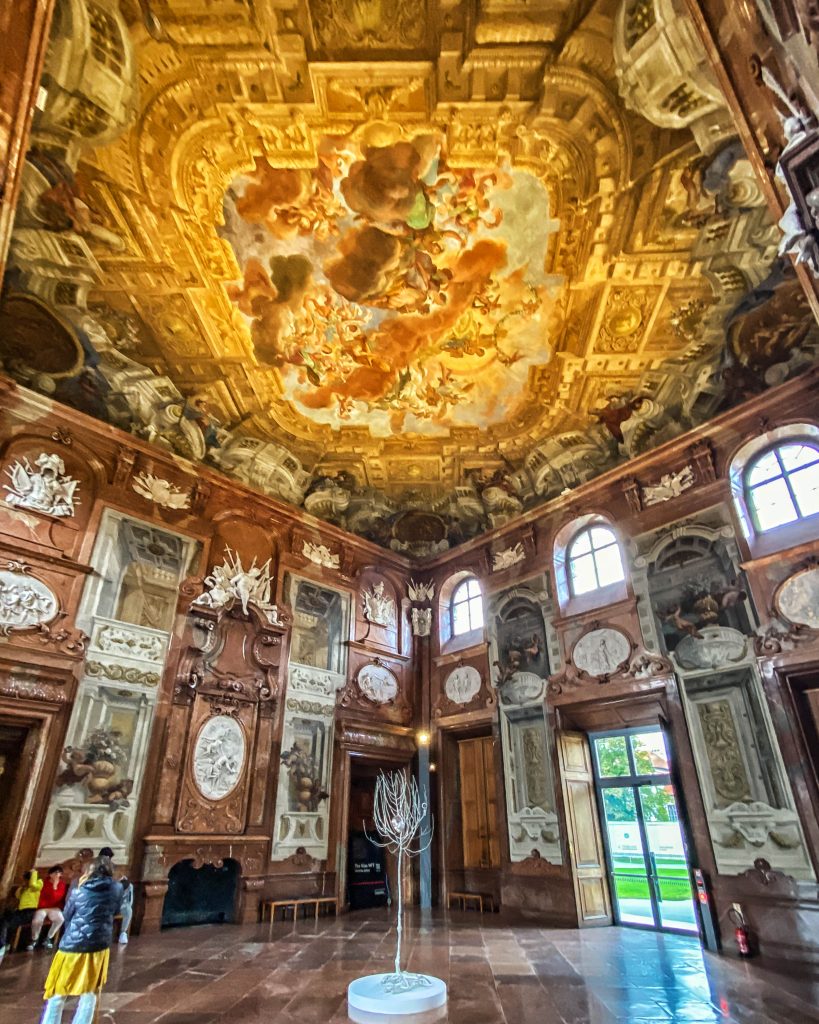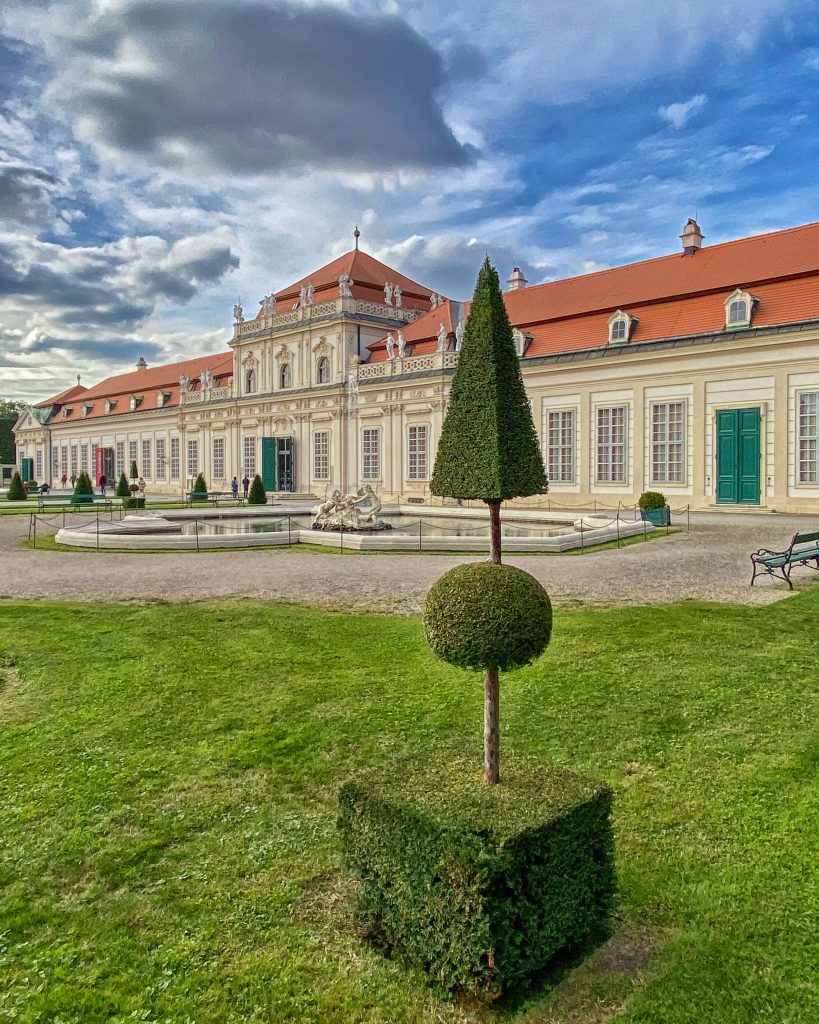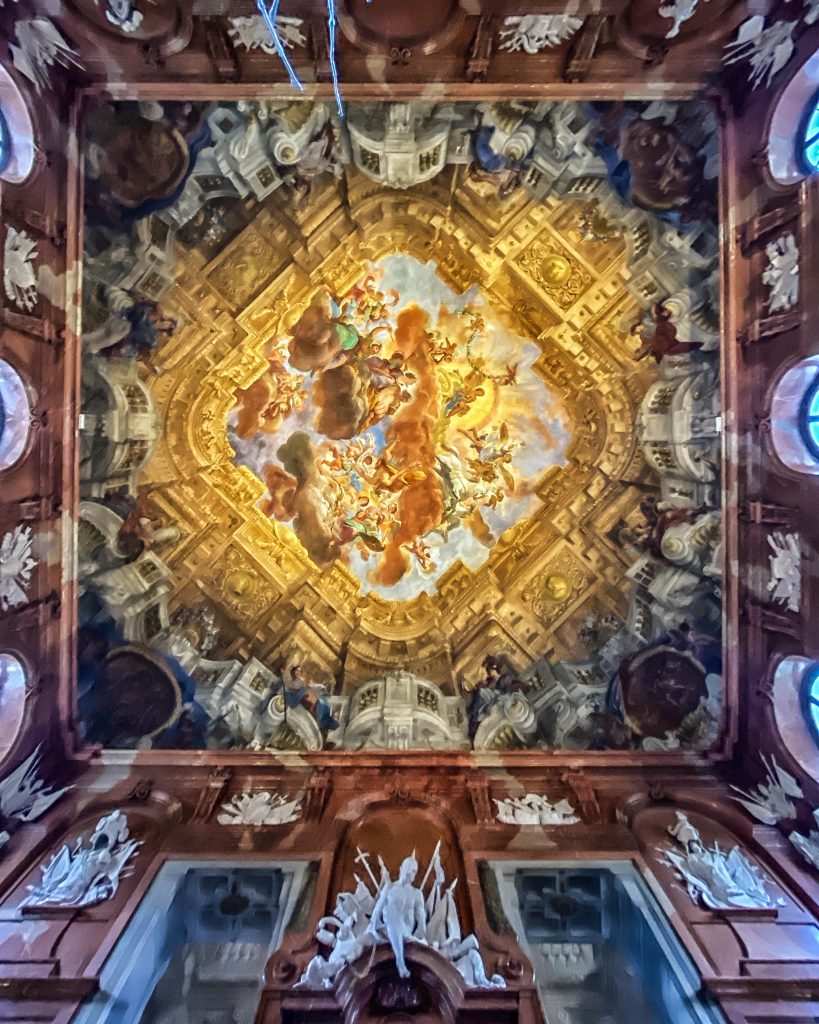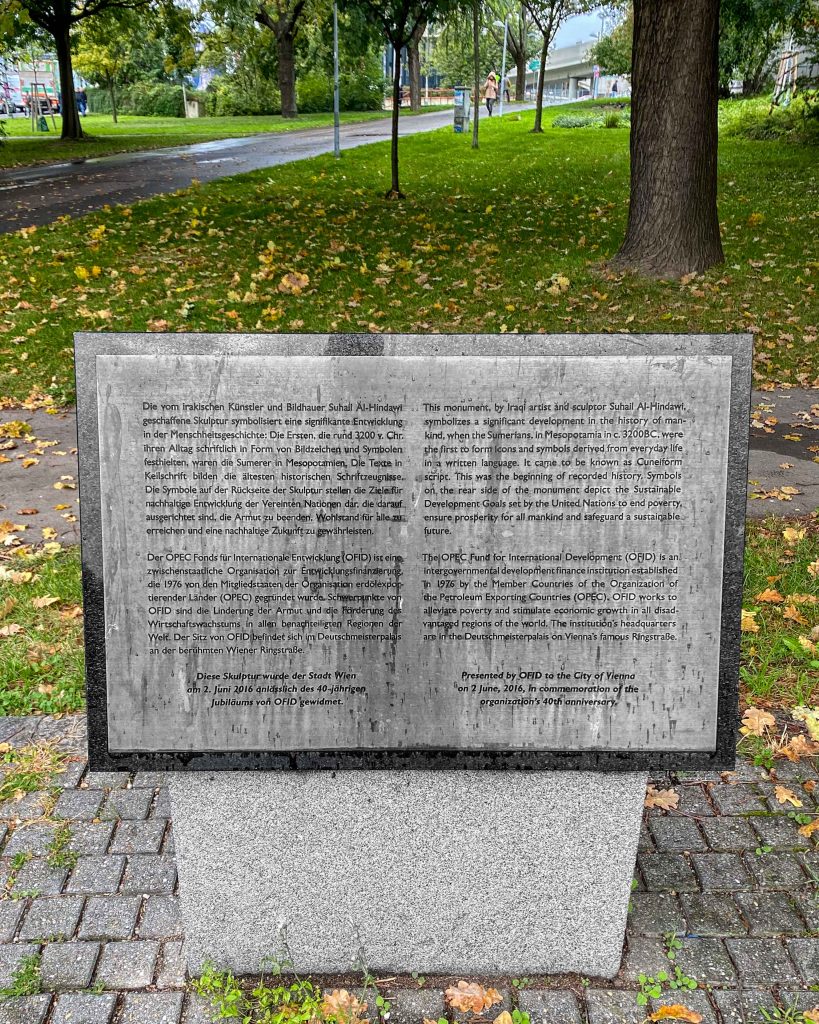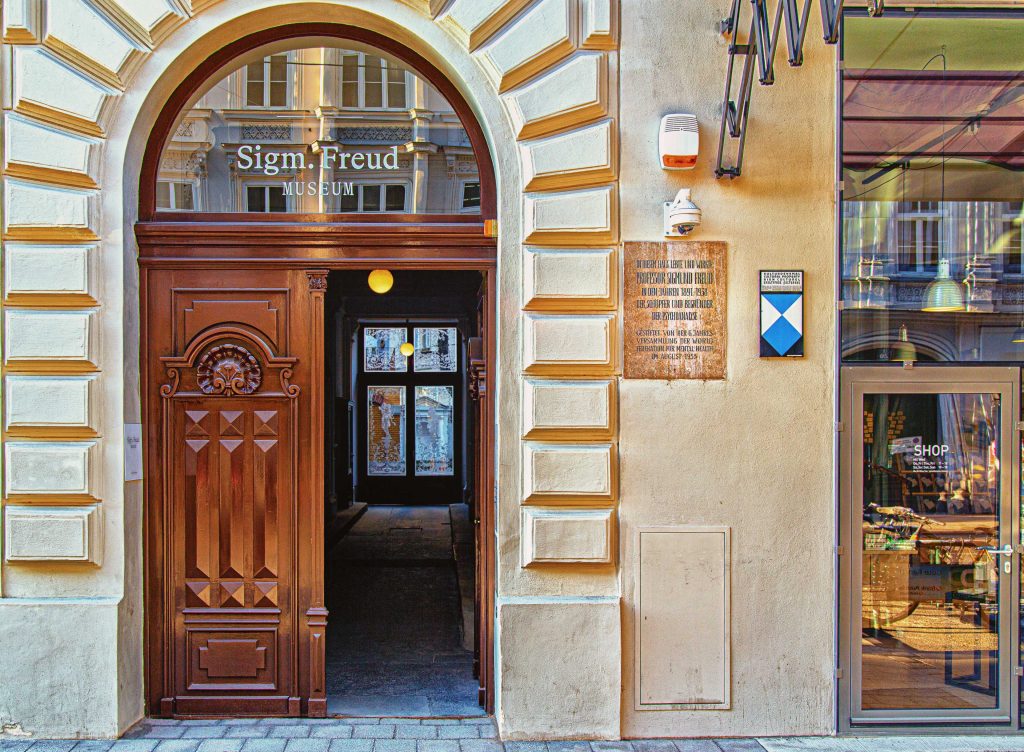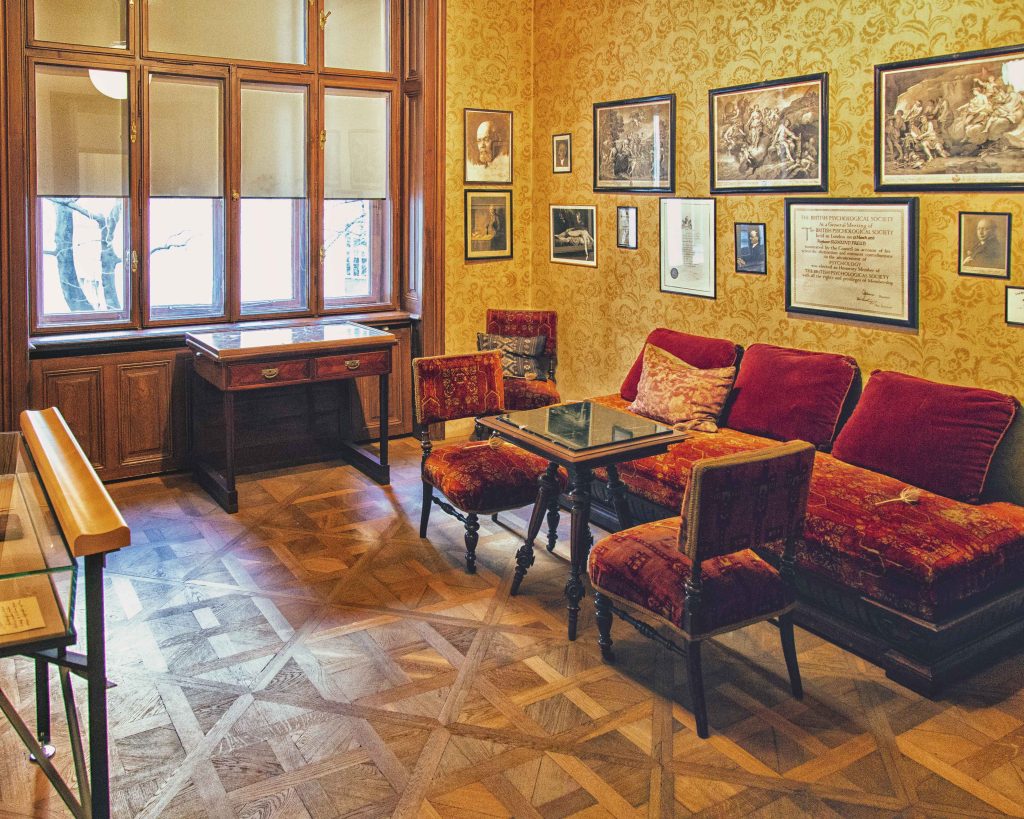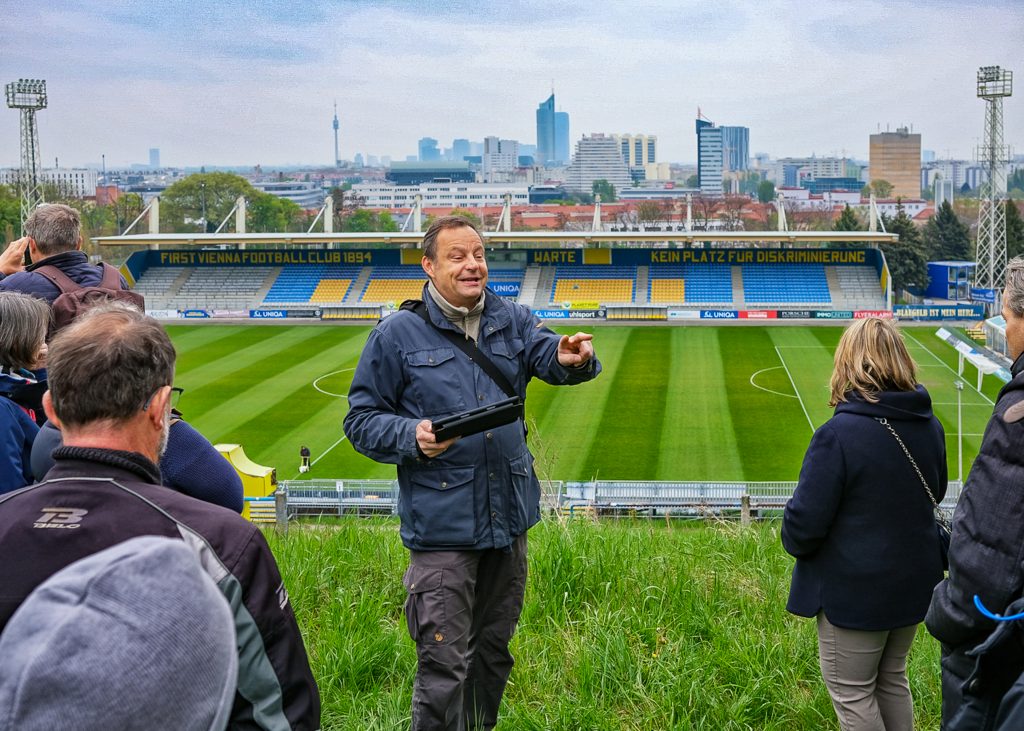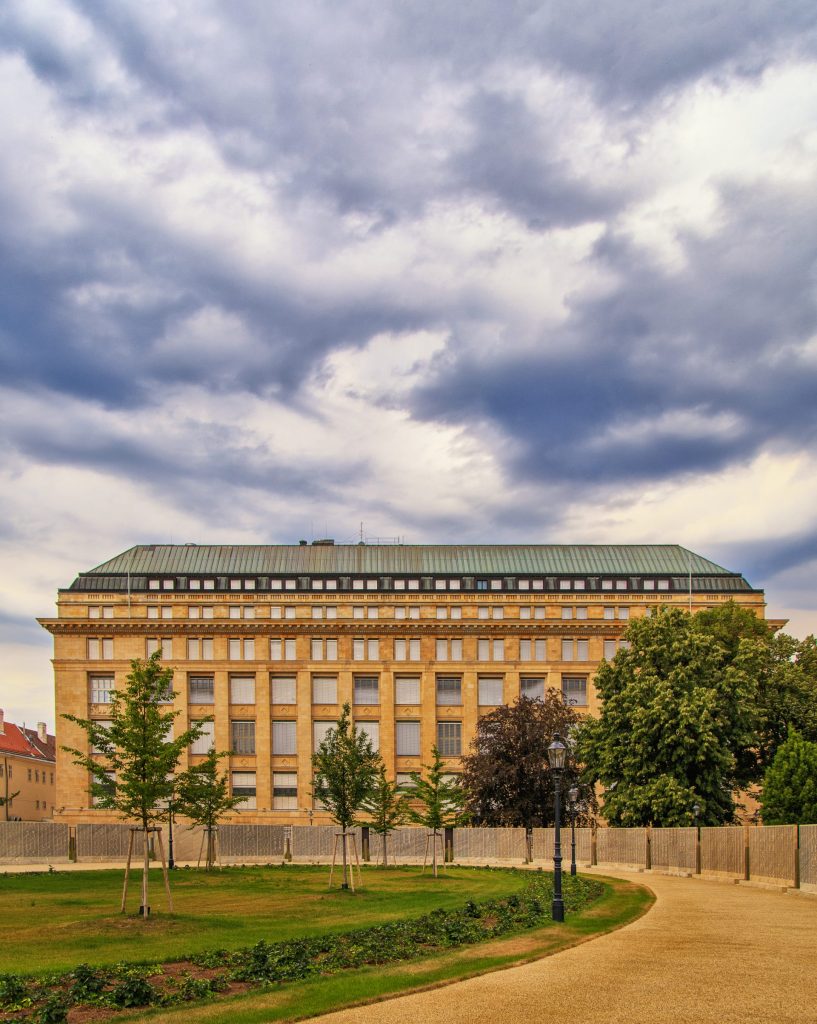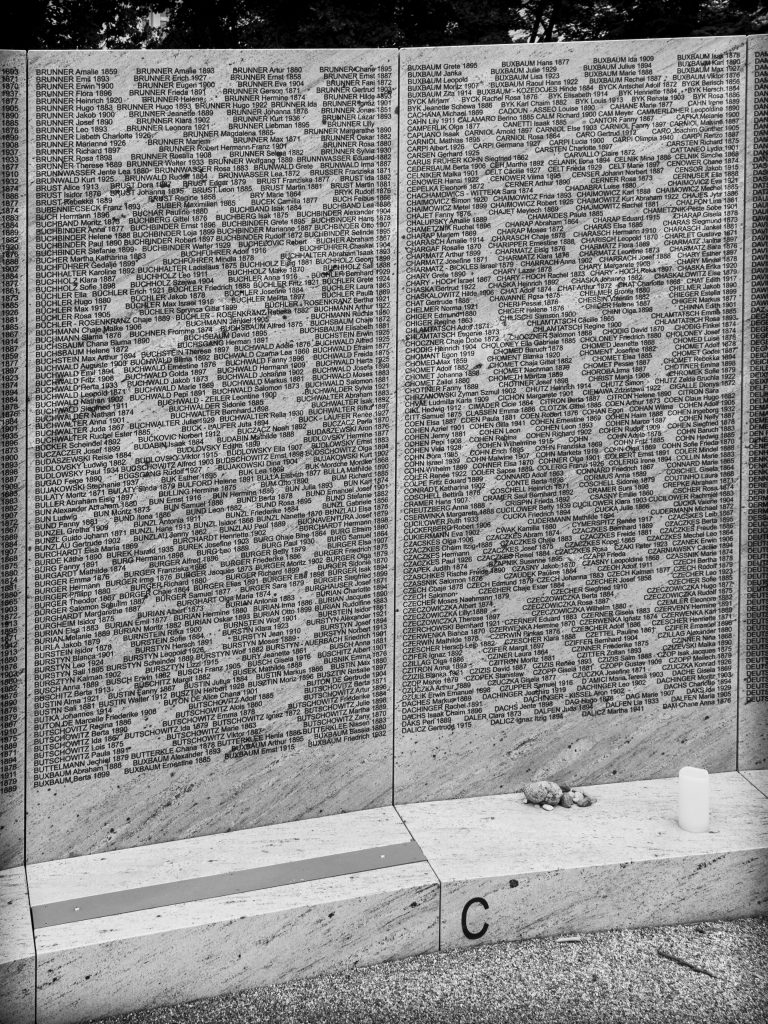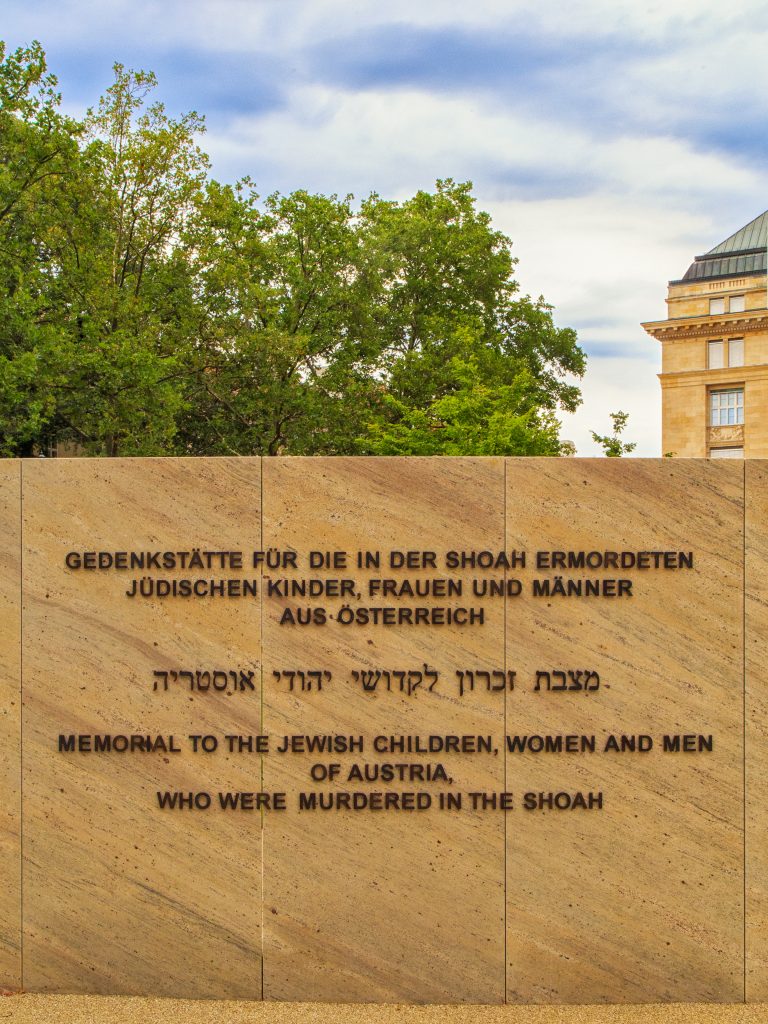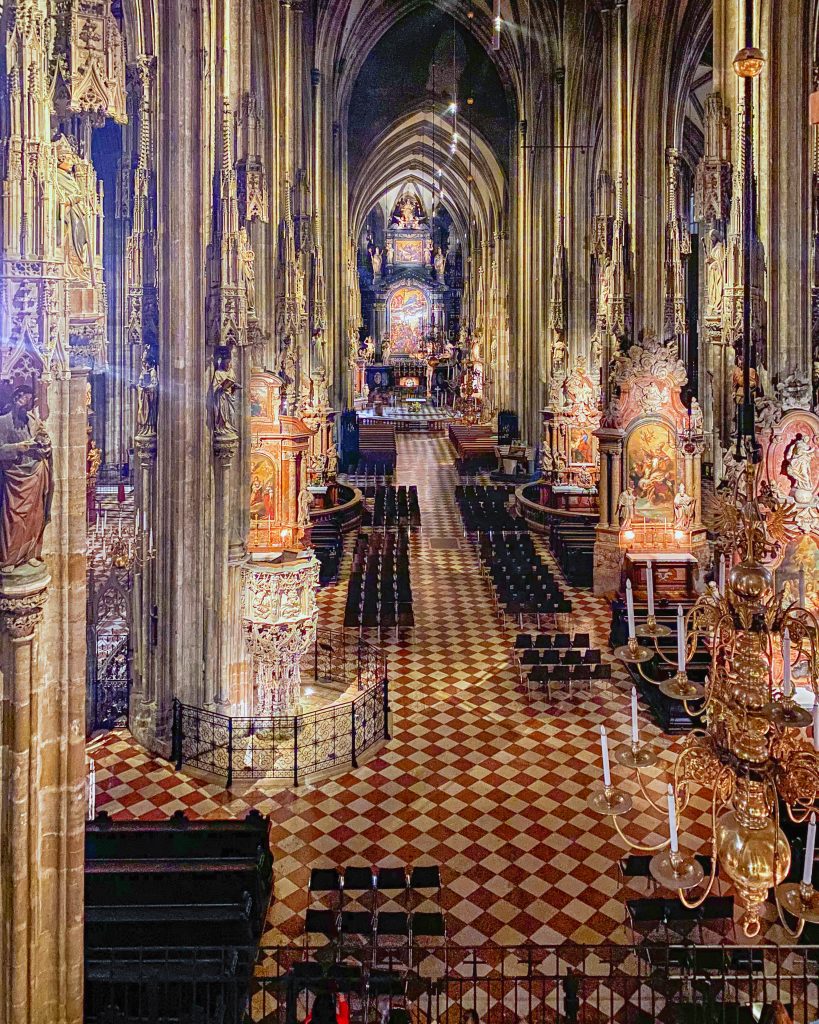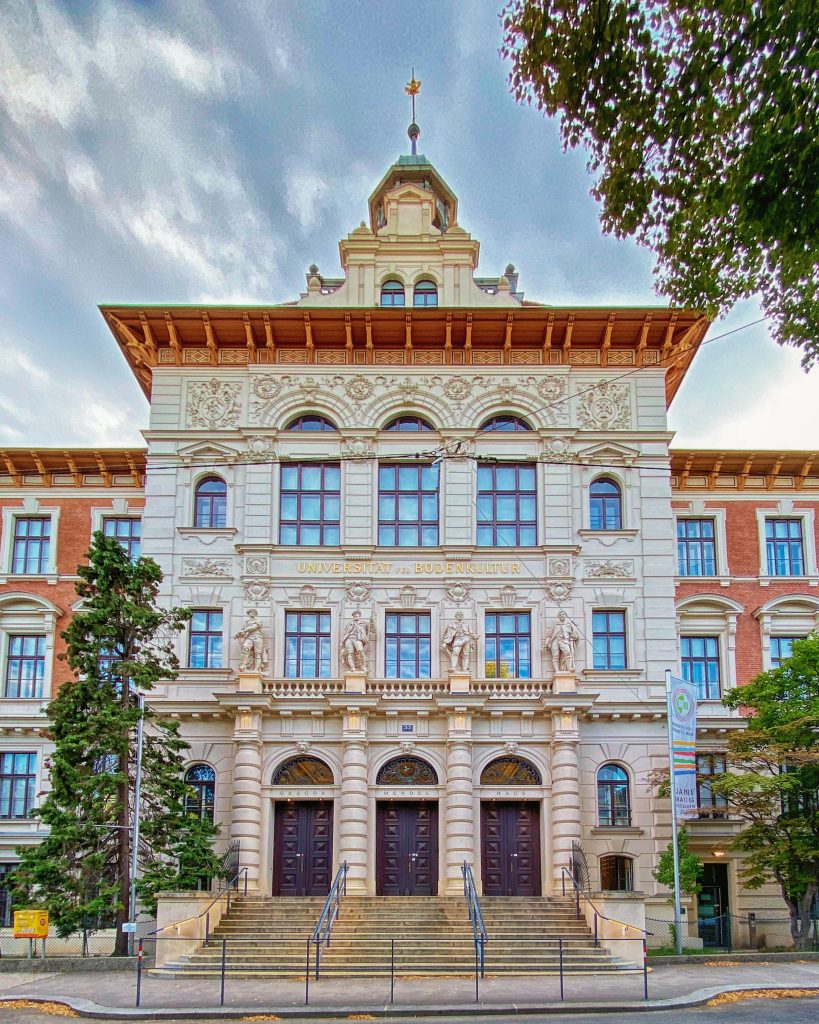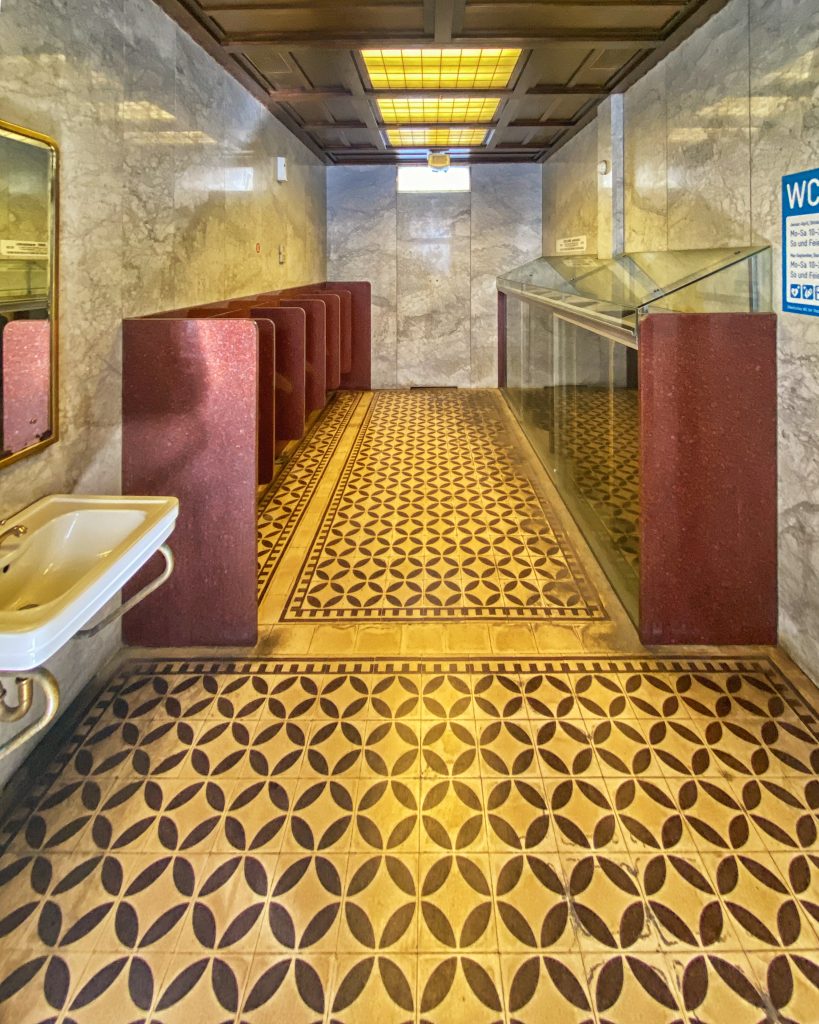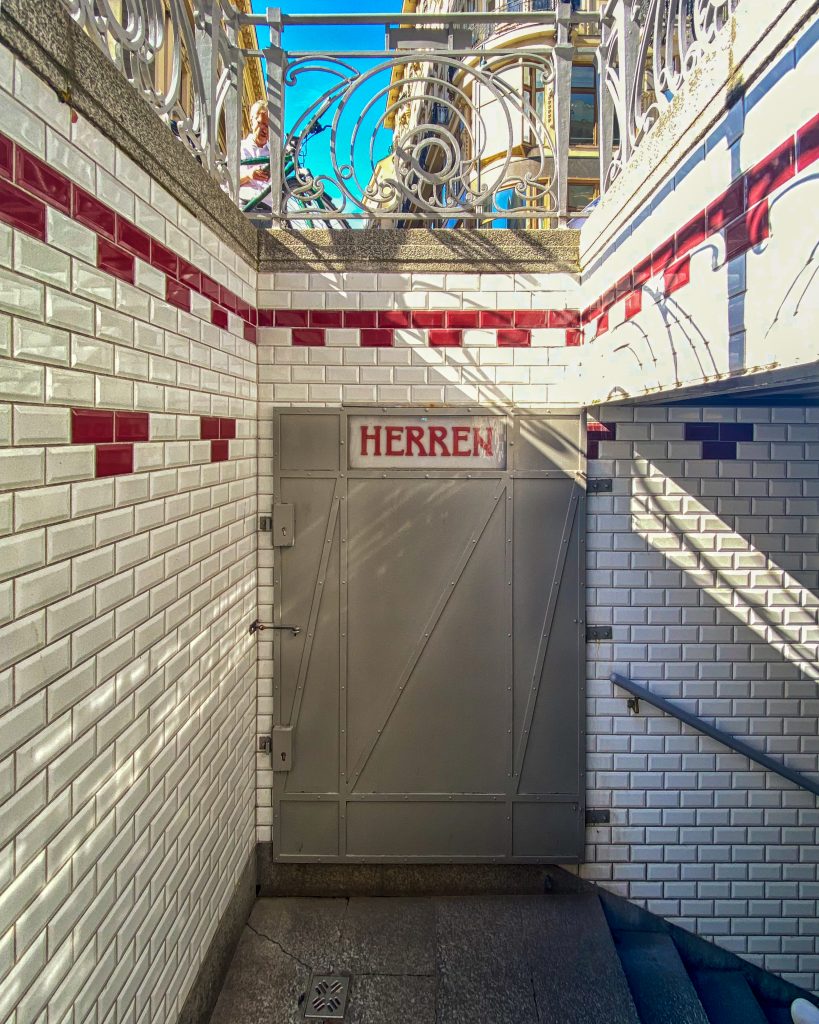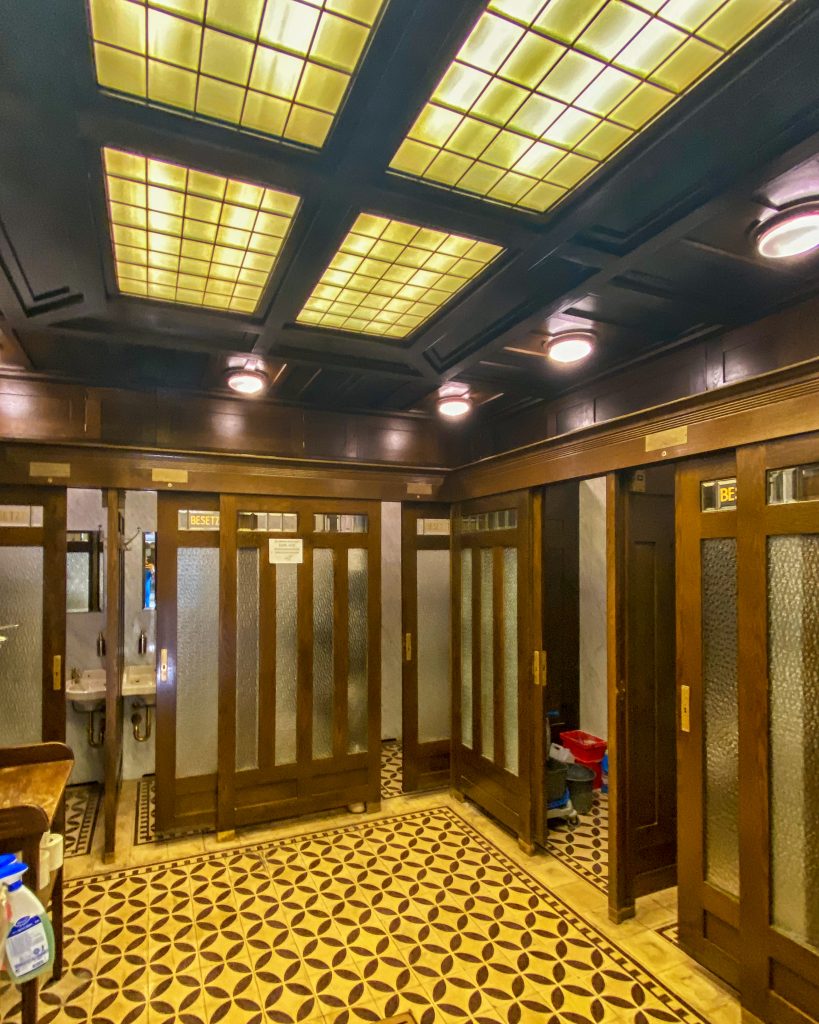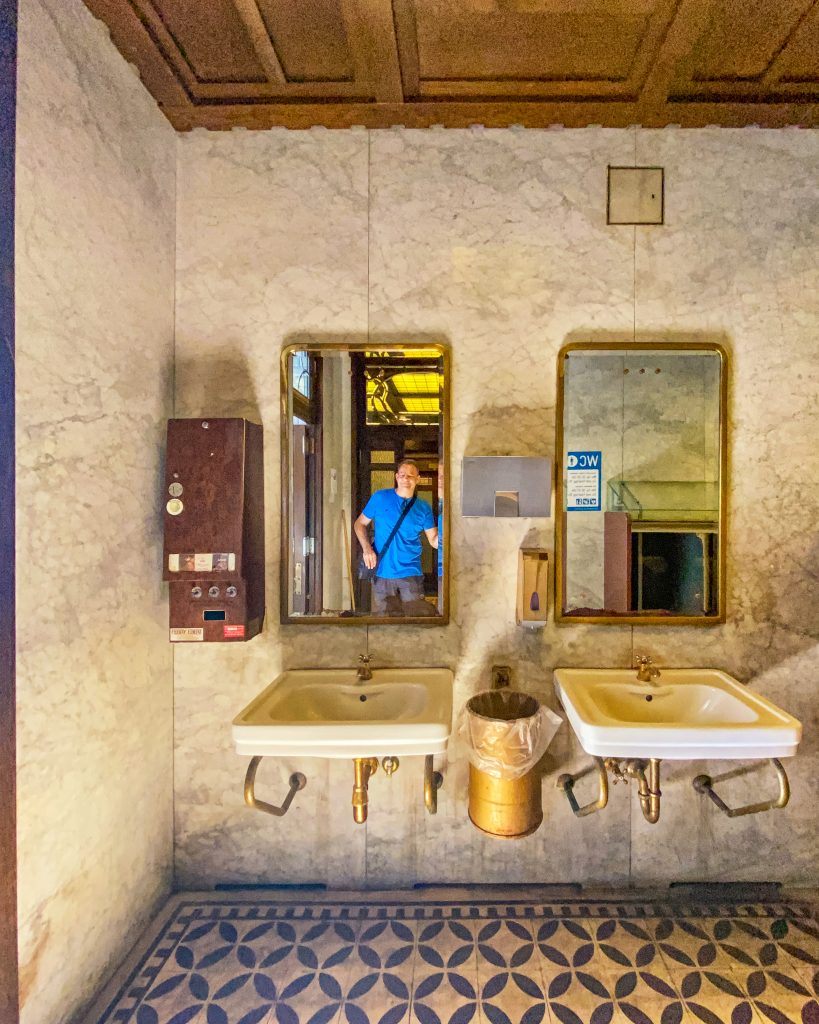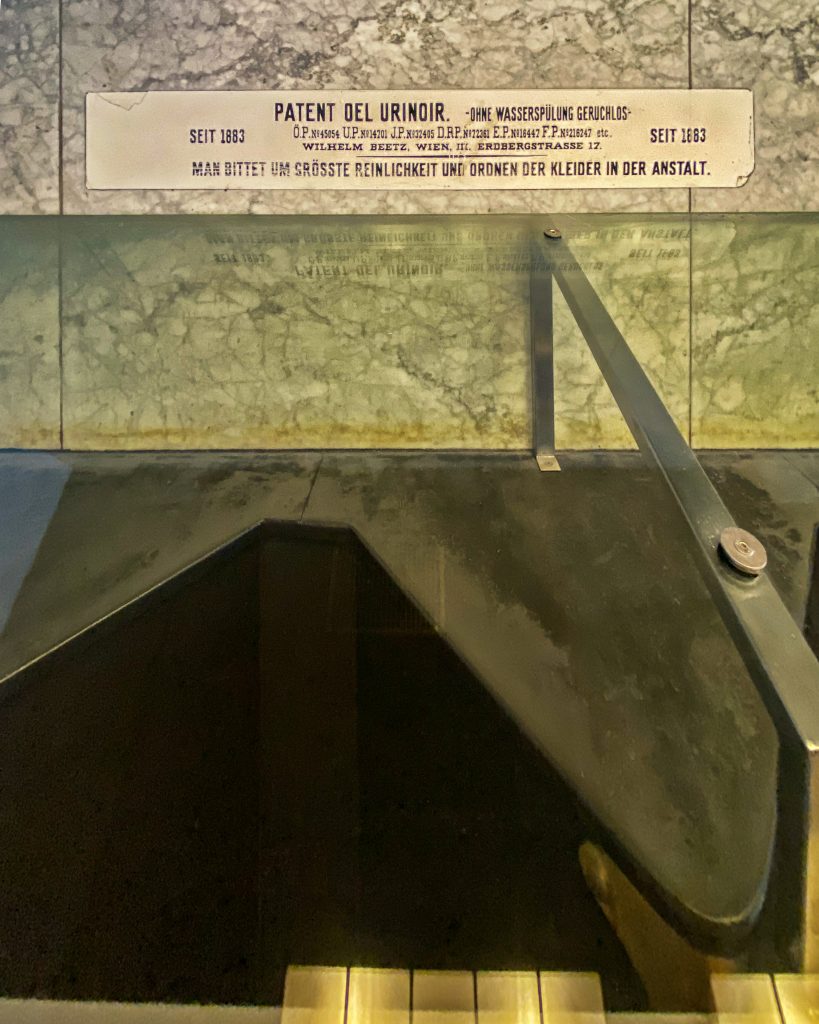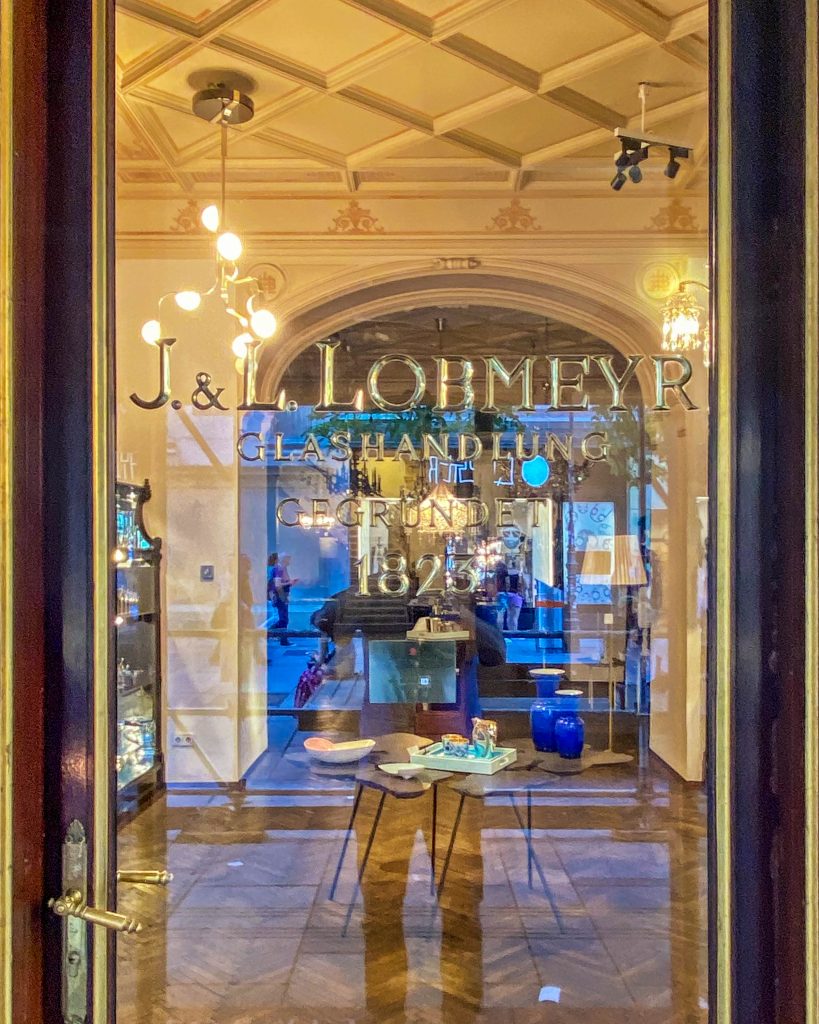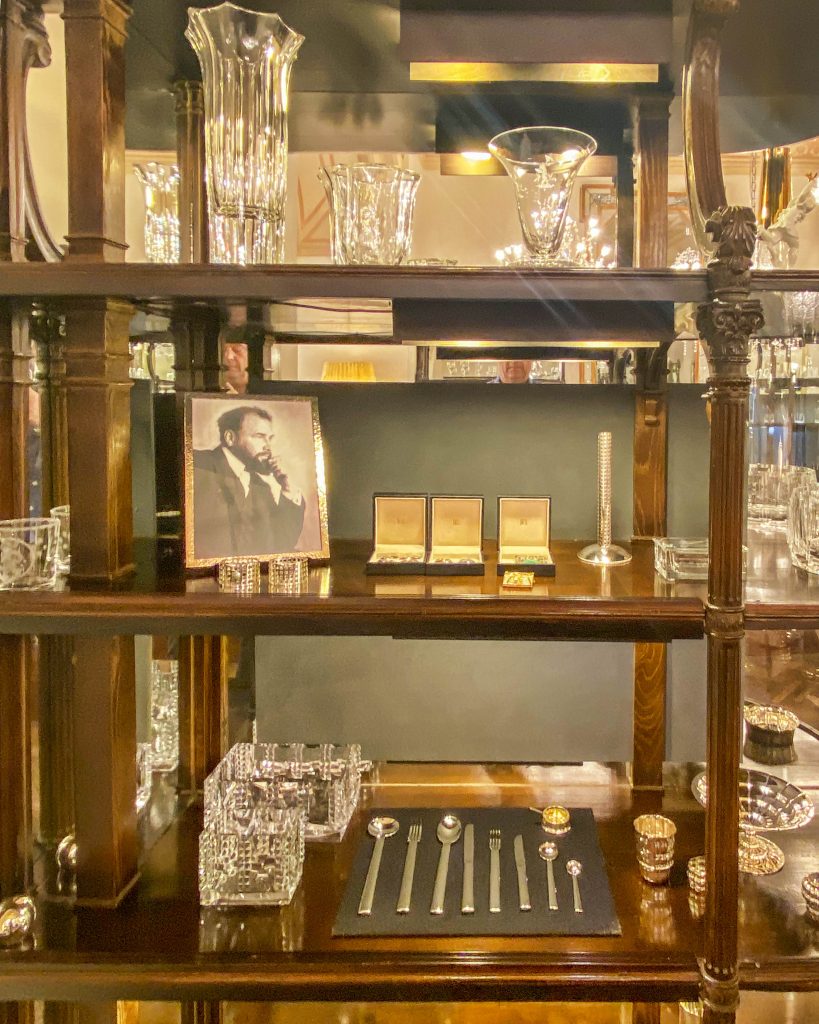Vienna Central Station

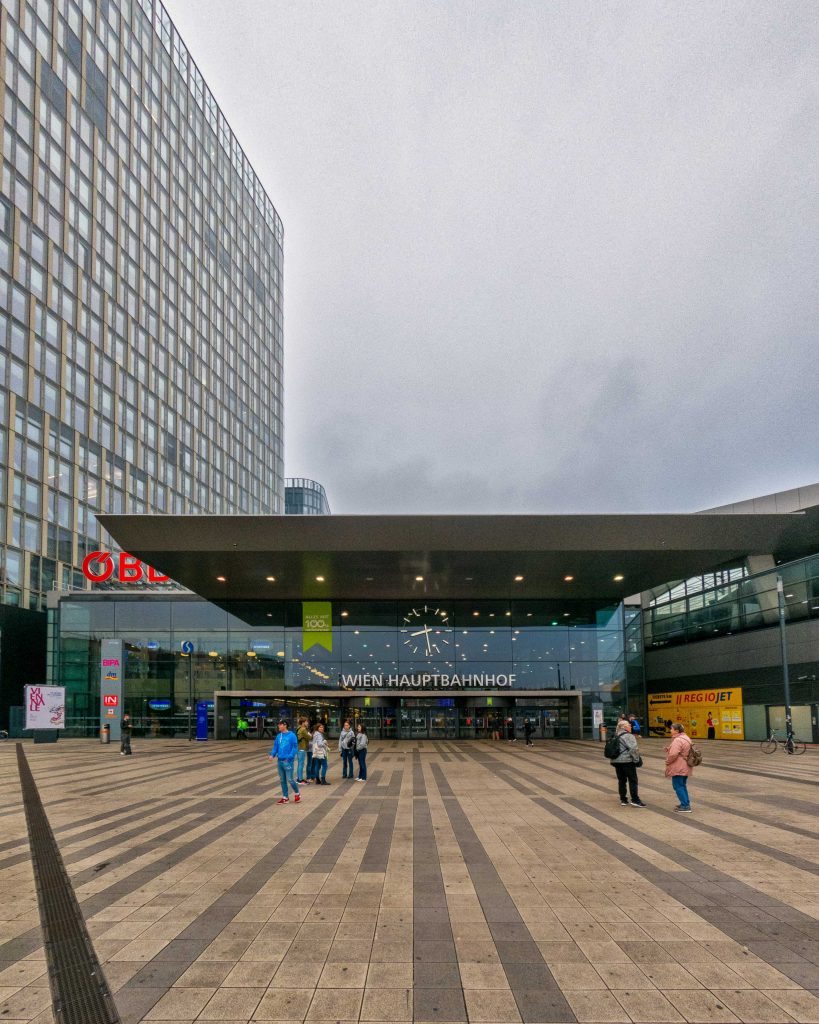

The „Vienna Central Station“ in the 10th district was built on the site of the former Südbahnhof and officially opened in October 2014 after being commissioned in stages and almost 20 years of preparatory work. It is now Austria’s largest train station with 16 platform tracks and around 20,000m2 of commercial space, over 1,000 trains with around 270,000 passengers are handled daily.
With the design of an elongated rhombus roof with staggered trapezoidal surfaces, realized by the Swiss architect Theo Hotz and partners, the city has for the first time a centralized transport hub for all long-distance trains with underground and suburban rail connections. A central prerequisite for the station was also the construction of the 9.4km Lainzer Tunnel, which has connected the Westbahn line since 2012.
A large number of new infrastructure facilities were built around the 50-hectare station area and, with the Belvedere Quarter and the Sonnwendviertel, 2 new urban districts.
